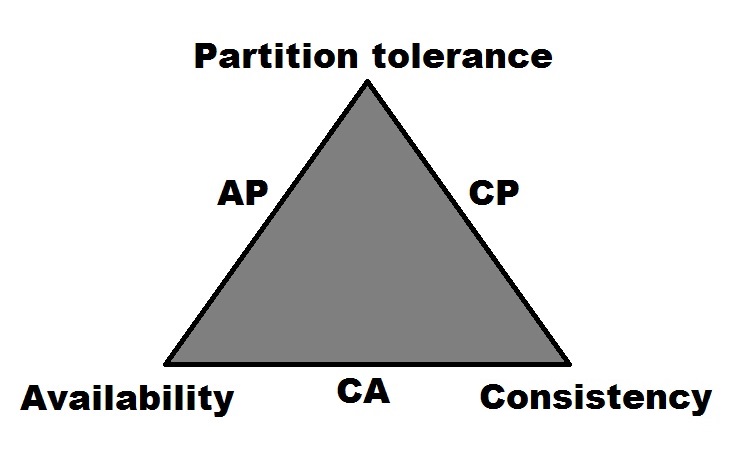Redis is a popular data store utilized by businesses of all sizes, from start-ups to large enterprises. It can function as a data store, cache layer, and a message broker. Redis mainly holds its data in memory, making operations lightning fast.
In this chapter, we will explore and learn about several aspects of Redis, including:
- Key features
- Appropriate use cases
- Data modeling
- Anti-patterns
- How to leverage Redis with different tools and languages such as:
- redis-cli
- Lua
- Python
- Java
After reading through this chapter, you will gain an insight into how Redis works, and how to leverage it to solve interesting problems. You will learn how to install and configure Redis, as well as how to back up and restore its persistence layer. Application examples will help you to round out your approach to Redis. These will provide demonstrations on several topics, including querying Redis from the application layer and utilizing the publish/subscribe features.
Let's start with a quick introduction...


